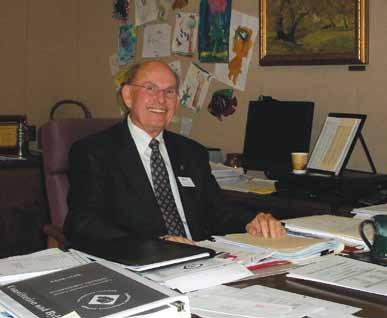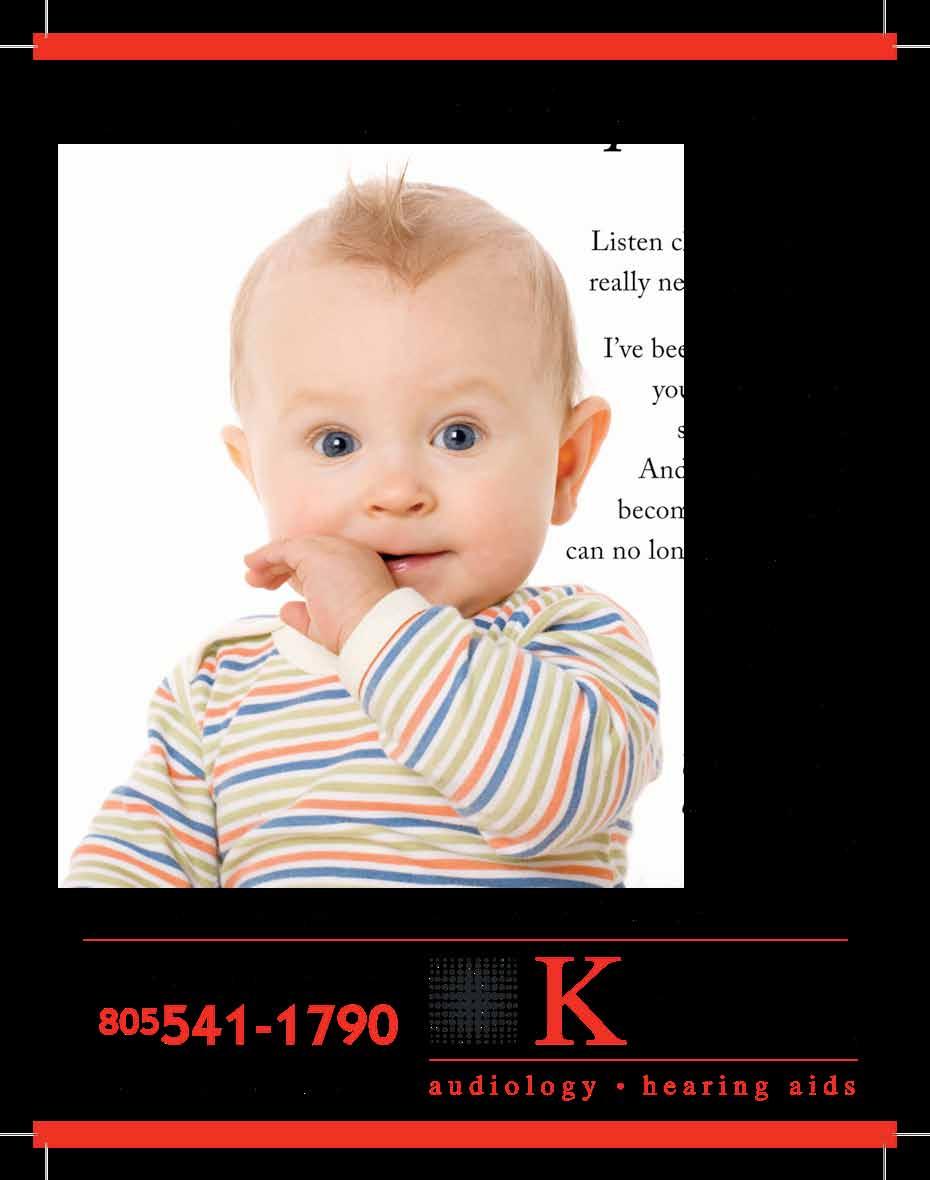
5 minute read
Q&A
| Q & A Gil Stork
His name is synonymous with Cuesta College, where he has been a teacher, administrator, and coach over the last 44 years. An infectiously optimistic leader, he currently serves as its president at a time when the college, like so many other public institutions, faces significant challenges. As a member of the 1960 Cal Poly football team, he was aboard that fateful charter flight out of a small, fog-shrouded airport in Toledo, Ohio. The plane crash and its aftermath sent him on a difficult path to recovery where he ultimately decided that the purpose of his life was to serve others. And, as the thousands of local students and athletes whose lives he has touched would attest, one person certainly can make a difference…
If you would, Gil, take us back to that cold October night.
The fog was very heavy and we sat on the plane for quite a while because there was some concern about whether we were going to take off or not. Finally our coach came on the plane and announced to the team, “Yep, we’re ready to go… the pilot is going to give it the old college try!” And many of the guys shouted out, “Yeah, let’s get out of here!” We were ready to go home, but there were some guys on the team that were really concerned, really afraid. One of the guys was a student pilot and he was more aware of the poor weather conditions.
What do you remember about the crash?
I remember the sensation of the plane starting to drop and sort of scooting down in my seat. That was it. I must have blacked out after that. I woke up and realized that I was lying on the runway. My back hurt, my legs hurt. I could see the flickering lights of fire through the fog. I rubbed my tongue across my teeth and found that some of them were broken, and it’s funny what you think of, but the first conscious thought I had was, “My mom’s going to kill me!” She had always been concerned about my playing football, thinking I was going to get my teeth knocked out. Then I remember someone running up to me and yelling out, “There’s another one over here!”

How did you deal with the aftermath?
It was really confusing. It didn’t make sense and I had a lot of anger. I couldn’t figure out why some people died and some people lived. It tested my faith. There were instances where guys switched places on the plane, somebody would want to play cards and the other guy didn’t and they’d trade spots. In some cases someone’s life had been spared while the other’s was lost, which led to a lot of emotional conflict and wondering, “Why am I here, but he’s not?” And a lot of guilt for us that survived, thinking “Gosh, if I had not switched spots with him, he would have lived instead of me.” Really heavy things to grapple with.
You had some major injuries that you still deal with today, but what was it that finally allowed you to heal emotionally?
Six years after the crash my first child was born. Going through that whole experience and witnessing the miracle of life, the birth of a child - it really made me realize that life is truly a gift. And that there are a lot of things that we don’t have any control over in life. The best thing we can do is to respond to it, take advantage of this opportunity and try to make a difference. It shifted me from thinking about why it happened to what was the significance of it. And it created a question, which was, “Ok, what’s the purpose of my life now?”
How did you answer that question?
It created a sense of focus on now, the importance of what happens today. The importance of relationships because I learned you can’t guarantee that tomorrow will come the way that you want it to come. It shaped my public service career and why I’ve chosen to be involved in community and service activities, where it’s about people serving people, because that’s really important to me.
And the miracle of a new life clearly had a great effect on you and your wife, as you went on to have five children…
We actually had three young children already when we became foster parents to two little girls who were sisters; one of them was four months old and the other was 15 months old at the time. We took them in when we learned that their previous foster parents were leaving the area. The girls had already bounced around a few times and we were told that they would be split up and sent to two different foster homes if they were moved again, which we felt would have been criminal. So, we had a lot of discussions as a family and we decided to adopt.
And how did the adoption go?
We went to court to finalize the adoption and the judge brought our other three kids in to be a part of the proceedings. It was really cool - truly an amazing thing for all of us to go through together, and we learned so much about ourselves.
Before we leave, how about sharing one little pearl of wisdom you’ve gained during your 44 years at Cuesta?
Academic progress and academic success are influenced by so many factors, and it’s usually not intellect, it’s usually life condition. It was really important to me, all through my administrative career, to continue to teach – I always taught one class each year in the math department because I wanted to stay in touch with students and really understand what sort of things they were going through, what they were thinking, what issues they had because it made my administrative work more meaningful. SLO LIFE





